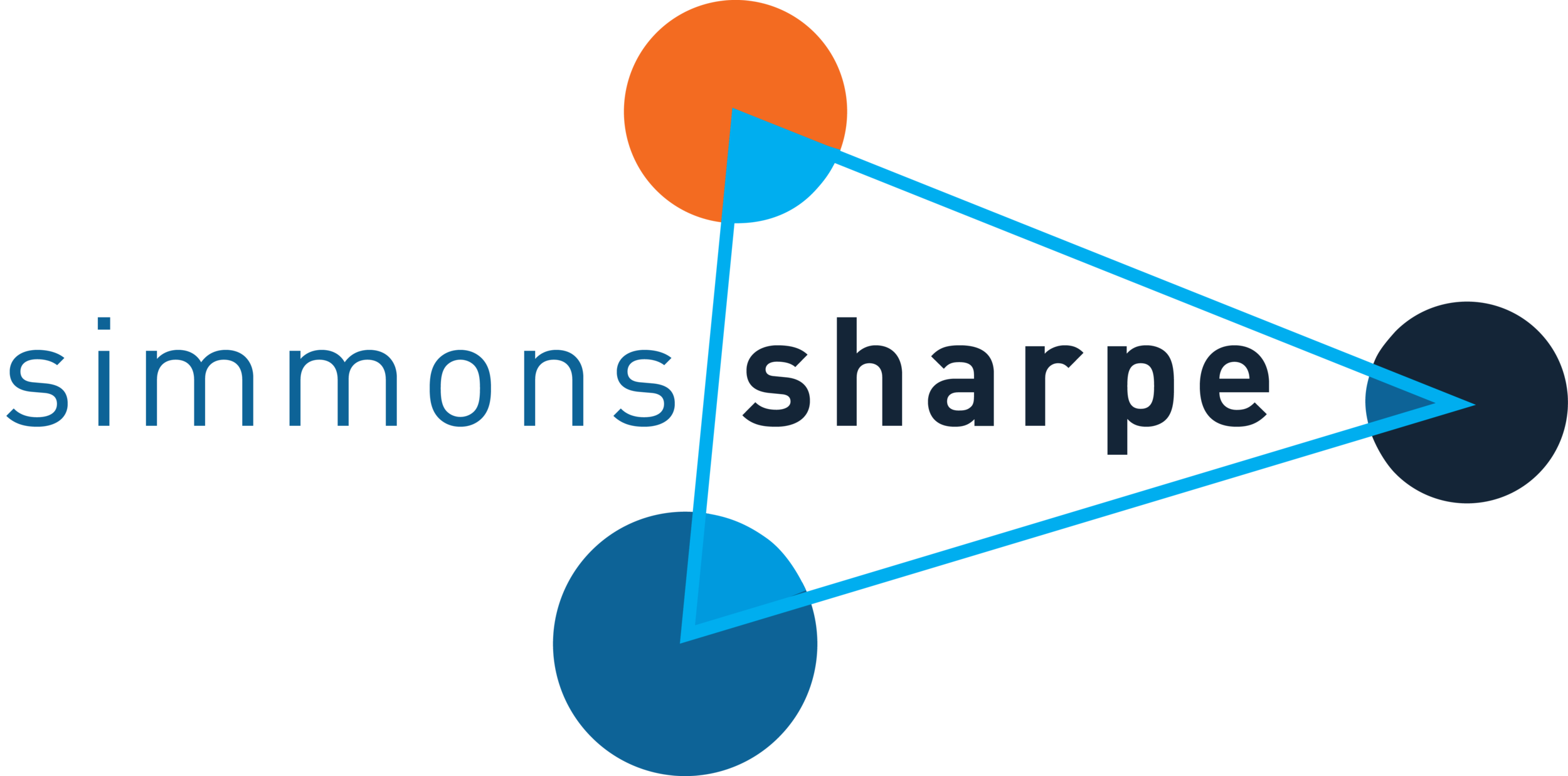Does Micro-Influencer Marketing Really Work?
We were approached by a large Canadian bank over the summer with a familiar problem – their sources of new leads for their wealth advisors had fallen because mobile banking had reduced the need for their customers to visit their local branches.
They had a broad question for us –could digital channels drive leads for specific target groups?
We didn’t know the answer. So we did what we usually do – which is to roll up our sleeves and do some digging. It soon became apparent to us that spending on influencer marketing was increasing dramatically, and our first reaction was to go for reach – in other words, find influencers with a large number of followers in order to reach as wide an audience as possible.
But then we took a closer look. We found one influencer who was tweeting about 7 different clients within 30 days – vacations, credit cards, lunch meats, smartphone plans – obviously someone who either had a wide variety of interests, or – just liked the cash.
"Micro influencers drove 60% higher engagement, their campaigns were 6.7 times more efficient per engagement than mass influencers, and they created 22.2% more weekly conversations than the average consumer."
So we changed our approach. We found a study from HelloSociety, an agency that connects brands with influencers. (recently acquired by The New York Times) Instead of pursuing reach, HelloSociety had focused on quality engagements, and advocated the use of micro-influencers. In other words, trust, knowledge and a proven track record in a particular vertical was more critical than spray painting the town.
They also had the stats to prove their point. Micro influencers drove 60% higher engagement, their campaigns were 6.7 times more efficient per engagement than mass influencers, and they created 22.2% more weekly conversations than the average consumer.
We dug up some Gartner data that said the same thing. We were sold.
We approached several influencer agencies who had great reputations, had financial services experience, and a wide selection of qualified influencers. But then we got the quotes. This was a test of digital channels for us, not a campaign, and we simply couldn’t afford their fees and production costs.
So we did it ourselves. We went out and found two respected individuals who had a great track record in financial services. They didn’t have a large group of followers, but as Sidney Pierucci noted recently in Medium, “The Game isn’t just getting eyeballs, but getting eyeballs that care!”
In fact, each of our influencers, Robin Taub, and Gordon Stein had recently written books about financial planning and budgeting, and they both had the quality we wanted the most, which was trust, pure and simple.
We had already interviewed many of the bank’s wealth advisors, and eventually we were able to narrow down two specific targets groups who were often underserved and overlooked by the major banks and mutual funds. We then combed through the bank’s digital assets and found videos and articles that were directly focused on our two target groups.
The next step was to create our own landing pages using the hand-picked articles and videos we had chosen. We worked closely with the bank to simplify the “book an appointment” process and reduced what was complex down to a single button on our new landing pages.
Finally, because we knew online video drove dramatically higher engagement rates, we sat with Robin and Gordon and had them develop their scripts. Eventually they decided on the conversational style that you see in the video – which of course we also shot, produced and edited with the able help of our go-to videographer, Callum Gillies.
The test kicked off on Monday, October 1st. Together with the bank, we’re going to learn a lot about micro-influencer marketing. And if YOU need a free, no obligation financial plan, we’ve got just the thing – visit www.tdreadynow.com and book an appointment today.


